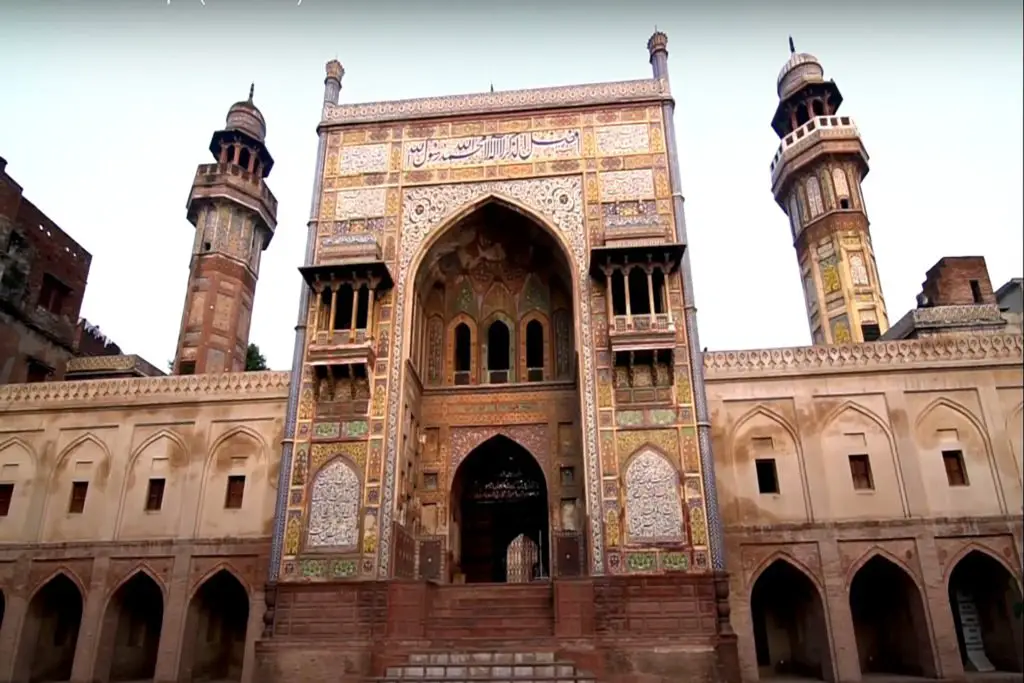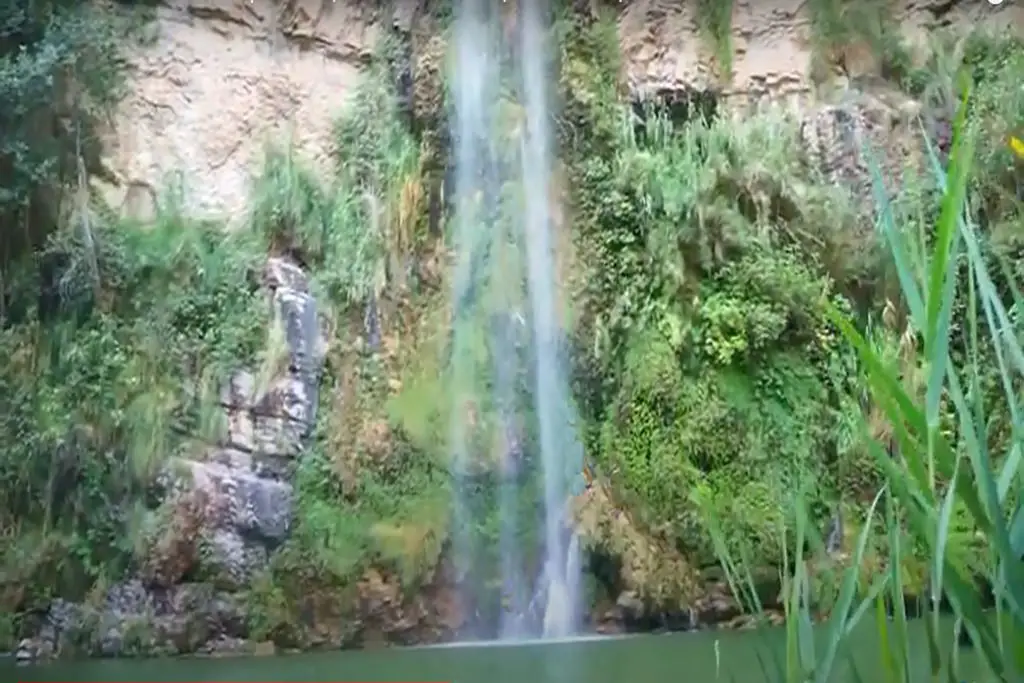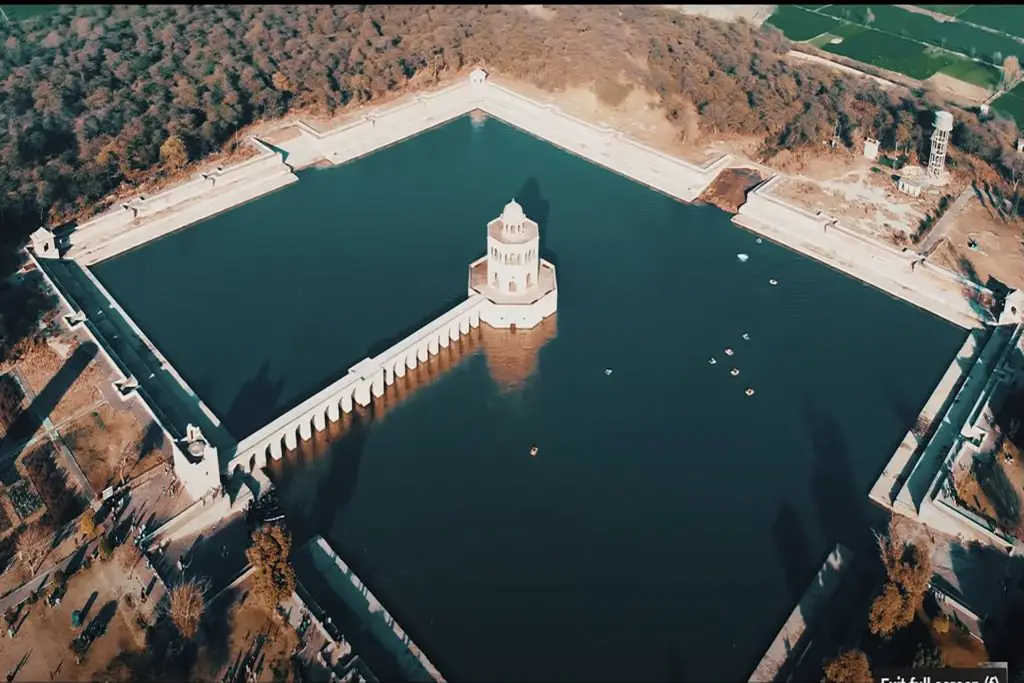Many are unaware that Pakistan is home to the world’s second-largest salt reserves, located in the Jhelum region of the Punjab province. It is believed that the world’s second-largest himalayan pink Khewra salt mine have been discovered by Greek King Alexander horses.
IN THE year 326 BC, Alexander the Great, the Greek king famous for conquering empires from Asia to Africa and Europe, crossed Pakistan. Stopping his army to rest in the area now known as Khewra, Alexander ‘s horse began to lick stones to the ground. Seeing that all the horses were doing this and being careful, the soldier himself tried another and found that the stones were too salty. Khewra salt deposits were obtained. Himalayan Pink Salt Mine Khewra
Today, about 2330 years later, the salt mine khewra are the second largest in the world – after Sifto Canada, Inc., the salt mine in Goderich, Ontario – produces 325,000 tons of salt per year, with an estimated 220 million tons more. its whole life. This has not even seen a crack in the salt mills here, which is said to be 6.687 billion tons. Officially, salt mines were not dated until the 1200s under the Janjua-Raja tribe, but salt was probably mined and traded here from the time of Alexander. Himalayan Pink Salt Mine Khewra
Location of the Himalayan Pink Salt Mine Khewra
Khewra Salt Mines are located at around 160 kilometers south of Islamabad, north of City Jhelum in Village Pind Dadan Khan. salt mine khewra
Located at the bottom of the Salt Range, the Khewra Salt Mines are the oldest in the history of the small-scale salt mines. Salt comes in the form of a dome-like structure. There are seven layers of salt with a thickness of about 150 meters. In some places rock salt is 99% pure. Salt is visible, white, pink, red to beef. In some places it shines. Inside the mine are beautiful red-and-white alternating salt belts. There are 18 performance levels. The maximum length of all drivers is more than 40 km. Himalayan Pink Salt Mine Khewra
A Favourite Destination for Tourists
Himalayan pink salt mine khewra are a favorite destination not only for locals but also for international tourists, bloggers and vloggers.
More than 50,000 people both local and foreigners visits the mines every month. Among the visitors are numerous students from various schools, colleges and universities who have enjoyed visiting the area and seeing the mines after reading about them in book
It will feel amazing when you enter the mines by electric train and you will see long tunnels made of salt. You will find them interesting and beautiful at that moment. It is amazing to see the brightly colored monuments made of red, yellow, and pink salt. Monuments illuminates with lights inside.
Visitors enjoy the beautiful glittering buildings made of salt bricks but the magnificent setting in the mines is the magnificent Crystal Palace with crystalline salt crystals like diamonds all around.
The shiny Sheesh Mahal, or palace mirror, is another attractive place in the mines with its salt-painted walls and lakes of water illuminated by colorful lights. Pools and lighted rooms are connected to bridges made of salt.
Salt is extracted from the mine by using mining method of room and columns. The salt of the Quarra salt is the world’s largest source of three different colors, white, red, and pink. In addition to high quality salt, Khewra is also famous for gypsum, limestone, lime, potash, coal and other minerals.
Thousands of visitors come to see the wonders of the mines from all over the world. Tourism has brought many benefits to local residents including restaurant owners, shop owners, transporters and gift shop owners, who sell salt souvenir items. According to official records, a total of 419,379 tourists visited the Khewra mine in 2018-19, which includes 488,928 Pakistani tourists and 2,411 international tourists. Himalayan Pink Salt Mine Khewra
This year the influx of visitors has increased by 20 percent compared to last year. This is due to the peace in the country and the steps taken by the current government to promote tourism.
However, tourism experts and tourists have expressed concern over the deterioration of the road from the Lila intersection to the town of Khewra, saying the government should ensure that tourists are provided with services.
In the past a special train was launched from Rawal Pindi to the Khewra mine and stopped at Lala Musa and Malak Khel. The train will arrive in Khewra at 11am and depart from 4pm for Rawalpindi daily. It was a good move by the Government as many tourists were using it but unfortunately this government stopped the train. Himalayan Pink Salt Mine Khewra
Cleanliness is another matter. guests do not care about cleanliness and throw rubbish and plastic bottles everywhere.
Sometimes guests make a lot of noise which is also a bad thing.
Among the first buildings built inside the mine is a small Badshahi Mosque, filled with a small salt mineral. Recently built, especially to attract tourists, small salt marshes of the Great Wall of China, Murree Road Mall, Lahore’s Shimla hill, and Minar-e-Pakistan in Lahore. Both the mosque and the small sculptures are made of salt bricks, varying in color from red to pink and white, and are now illuminated electrically and emit a beautiful warm glow. Sometimes, many colors and light bricks give the mine a kind of disco-Yellow-Brick-Road look.
Other observations – and many more – include a 75-foot-long “75-hour meeting hall” with stairs surrounding the walls, and a 25-foot-long salt bridge called Pul-saraat, salty lakes, and beautiful salt crystalline structures such as stalactites. Much of this can be seen in the small electric railway line, which has been in existence since the 1930’s, which once extracted salt from mines and now welcomes visitors to it.
The Khewra salt mine has its own fully functional post office, which is staffed by employees. The post is made entirely of salt bricks and is the only saltier post in the world. Himalayan Pink Salt Mine Khewra
Although a popular tourist destination today, the salt mines were the scene of brutal oppression and forced British labor in the 1800’s. The miners were trapped in the mines and were not allowed to leave until they had completed their assignments. This included pregnant women and children, and a number of children were born in the mines. The strikes were marred by violence from the British, and in 1876, 12 children were shot dead at the entrance of the mines. Their graves are visible at the inner gates of the mines.
One can taste the output of this salt mine by going to their local store and searching for “Himalayan Salt,” pink or pink rock salt. It’s more delicious than your table salt, and it comes with a very interesting background story.
Motorway M2: The fastest way to reach the Khewra mines via the M2 highway. The mines are located 30km east of the Lilla interchange near Pind Dadan Khan. Road signs are visible.
N5 highway: Slow but beautiful road is also available on GT (Grand Trunk) road.
There are two daily trains between Malakwal and Khewra that travel 27km per 1 hour. You have to change trains at Malakwal Jn connected to Lala Musa Jn highway at the end and Sargodha Jn at the other. There are 6 daily trains on the Lala Musa – Malakwal – Sargodha route.







